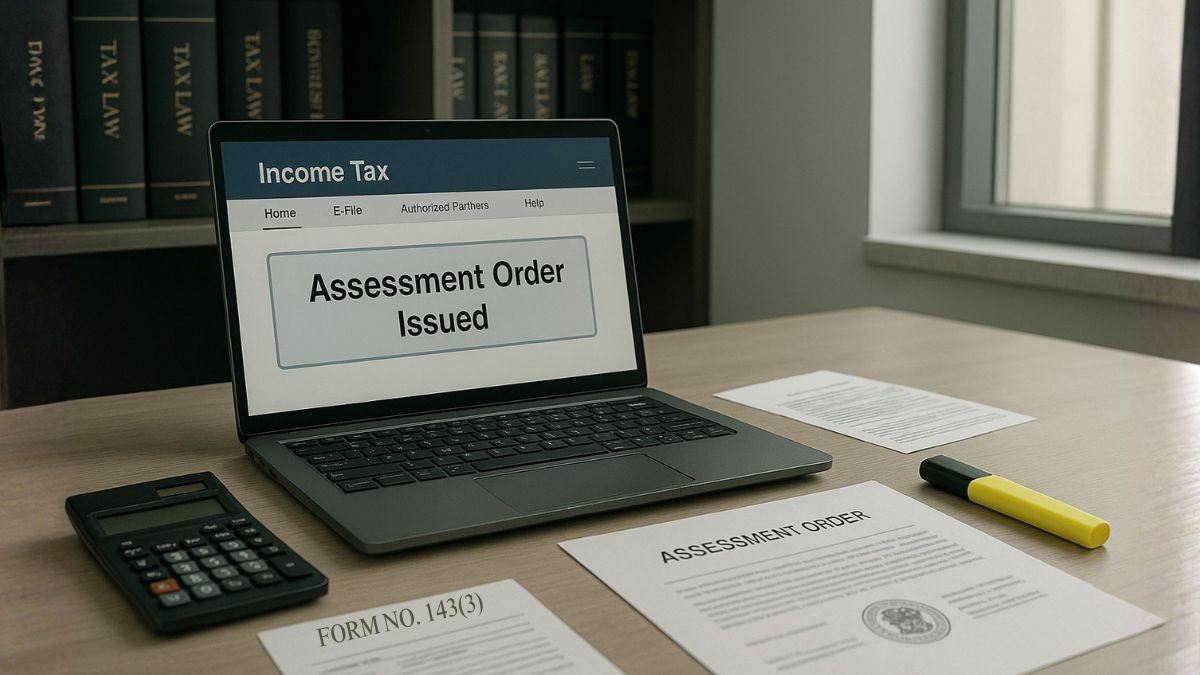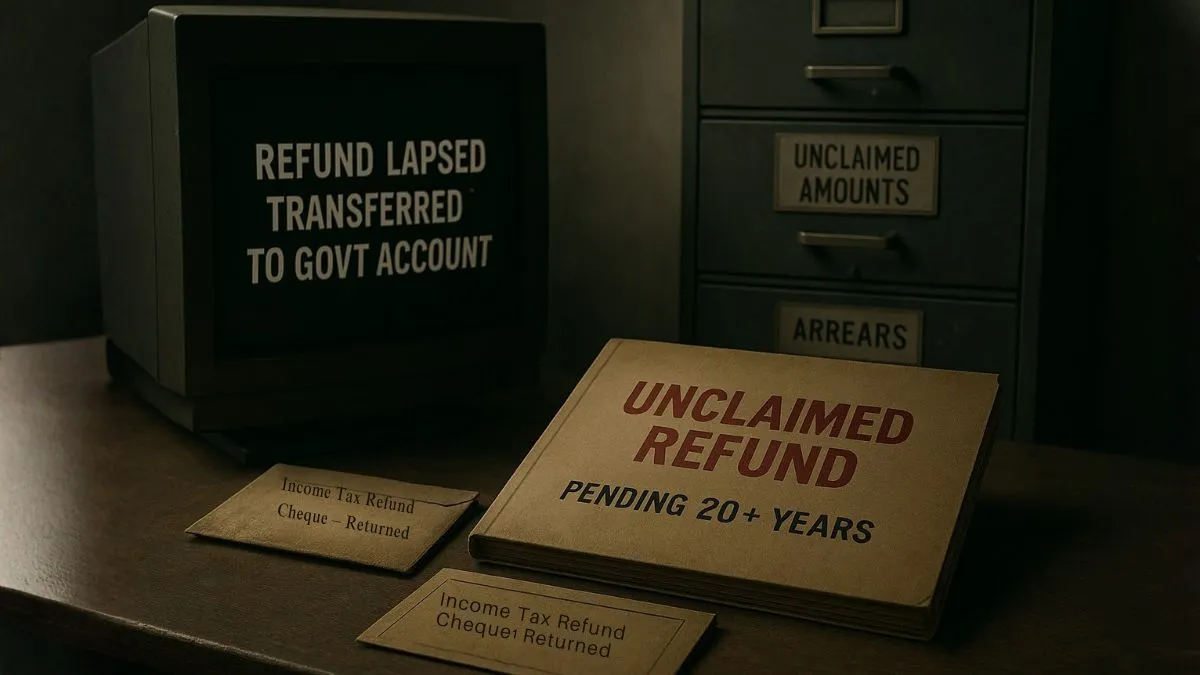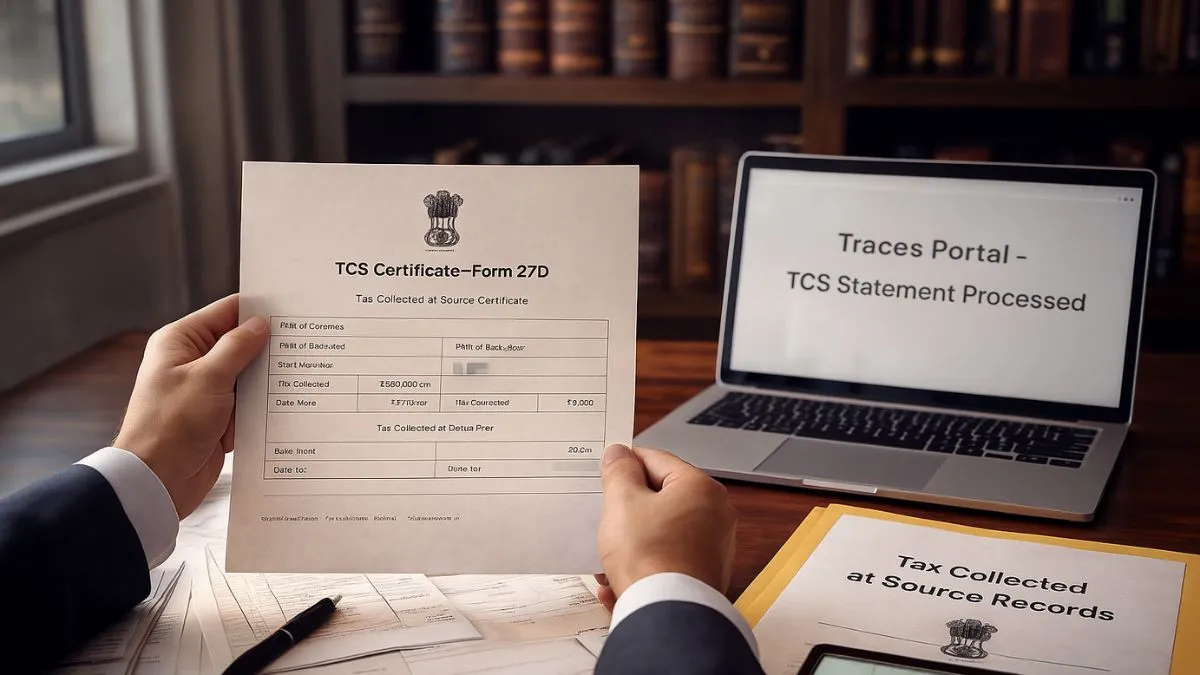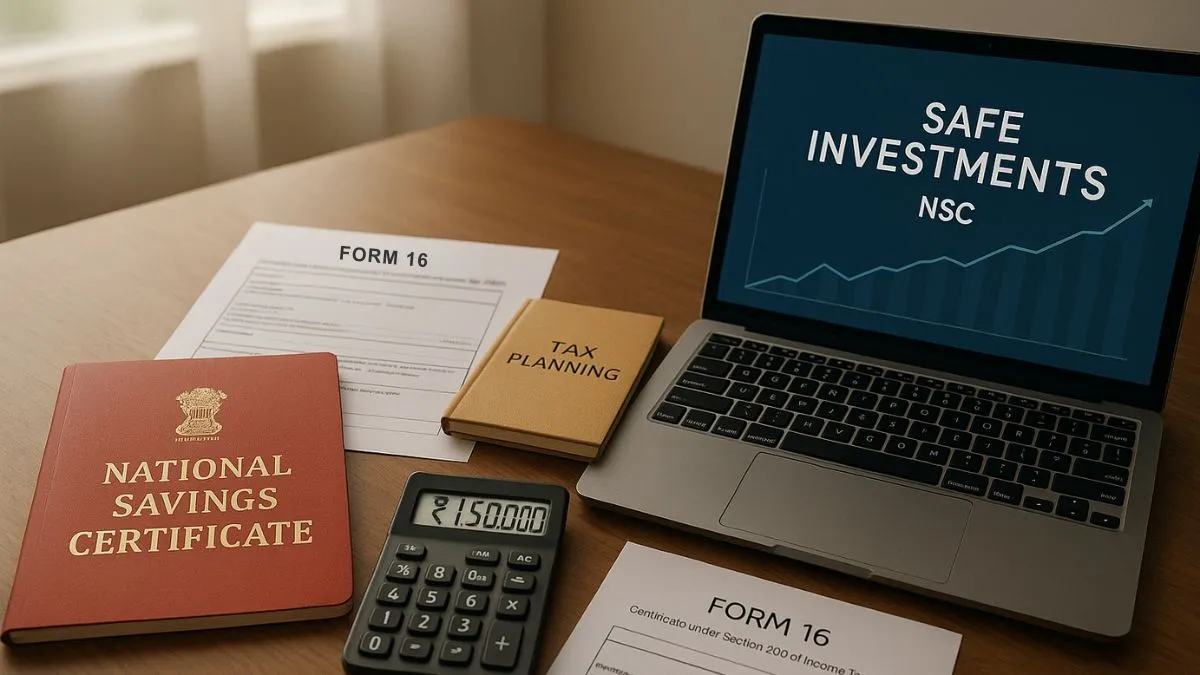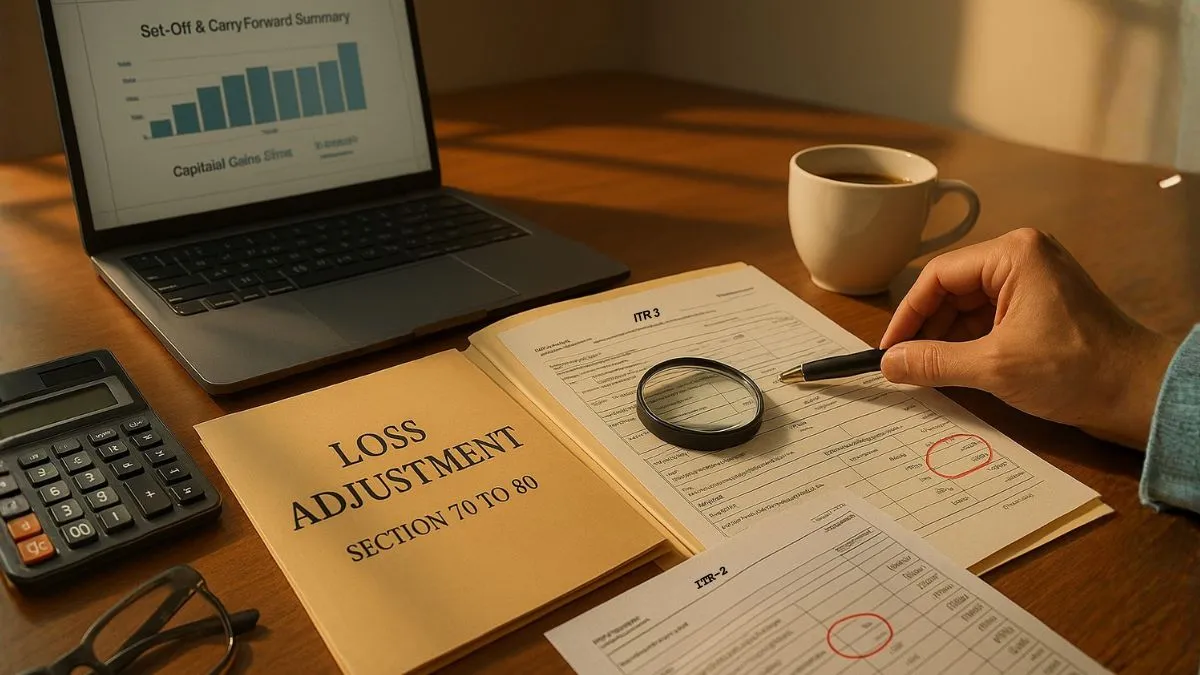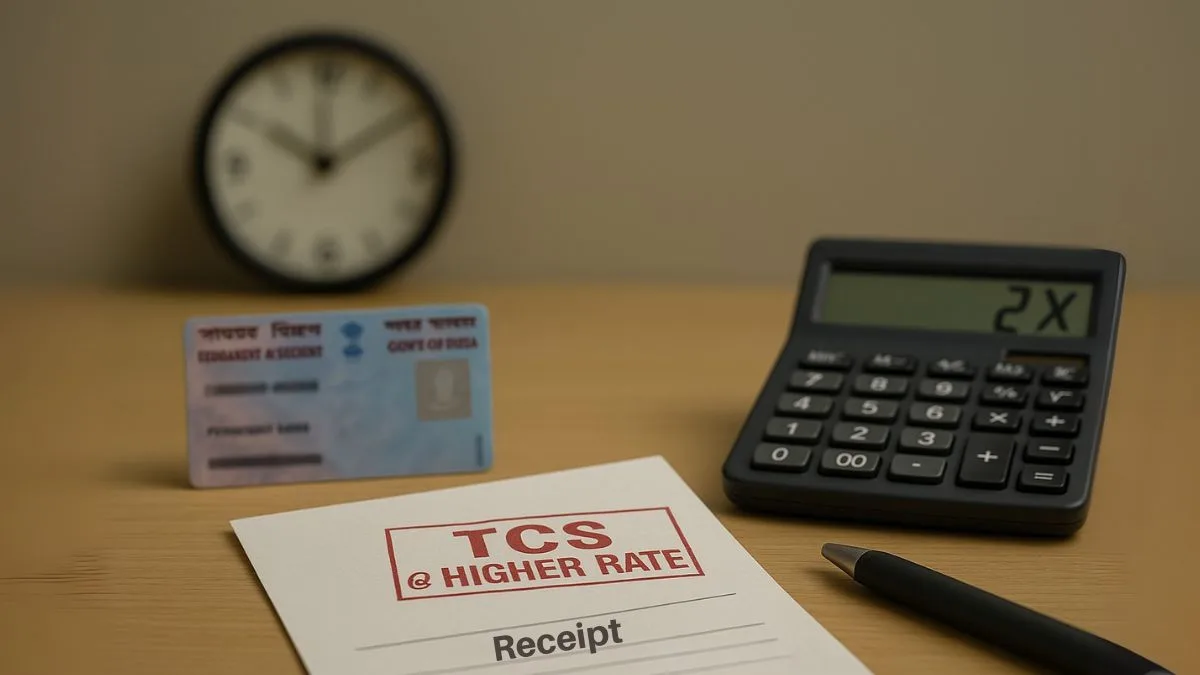
When it comes to taxation in India, compliance is everything. The Income Tax Act, 1961 has built-in checks to ensure that taxpayers disclose their identity & transactions properly. One such provision is Section 206CC of Income Tax Act, which deals with the mandatory furnishing of PAN during tax collection at source (TCS).
This provision directly affects buyers making specified payments, as it requires them to provide their Permanent Account Number (PAN). If they fail to do so, the seller or collector is bound to collect TCS at higher rates than usual from the amounts received from buyers.
Let’s break this down in detail to understand how it works, why it matters, and what its wider implications are.
What is Section 206CC of Income Tax Act?
Section 206CC mandates furnishing of PAN for every taxpayer who is a buyer. In simple words, it means:
- If you are making a payment where TCS is applicable, you must furnish your PAN.
- Any person paying any sum shall furnish his PAN to the person collecting such tax.
- If you fail to provide PAN, then TCS is collected at a higher rate.
This ensures transparency & proper crediting of taxes in the buyer’s account.
Why PAN is Made Mandatory
PAN is the unique identifier for taxpayers in India. Without PAN, tracking compliance and assigning credit of TCS or TDS becomes difficult. Section 206CC was introduced to prevent misuse of the system by making it compulsory for buyers to disclose their PAN when subject to TCS.
This also helps the Income Tax Department cross-verify transactions & avoid duplication or evasion.
Also Read: The Declaration That Saves Senior Citizens from TDS
Higher TCS Rate – The Penalty for Not Providing PAN
The real crux of Section 206CC is the penalty mechanism. If a buyer does not furnish PAN, the collector is bound to collect TCS at higher rates than usual.
For example:
- If normal TCS on a transaction is 1%, the rate may increase to 5% or even more if PAN is not provided.
- This ensures buyers have a strong incentive to comply.
Thus, instead of hiding identity, taxpayers find it more beneficial to disclose their PAN upfront.
Illustration of Section 206CC
Imagine a buyer purchasing scrap worth ₹10 lakh from a seller. Normally, TCS is levied at 1% = ₹10,000.
- If the buyer provides PAN, TCS is collected at 1%."
- If the buyer fails to provide PAN, the seller is legally bound to collect TCS at higher rates than usual, say 5% = ₹50,000.
That’s a huge difference & a big financial push for buyers to comply.
Interaction with Other Provisions
The Income Tax Act is interconnected, and Section 206CC works alongside several provisions:
- Sukanya Samriddhi Yojana income tax section – gives tax benefits for investments in Sukanya Samriddhi accounts.
- Section 86 of Income Tax Act – deals with share of income from AOPs.
- Section 10(46a) of Income Tax Act – provides exemptions for certain notified bodies.
- Section 15H of Income Tax Act – allows senior citizens to file declarations to avoid TDS on certain incomes.
Each of these provisions ensures compliance, but Section 206CC stands out as a strict rule for PAN disclosure.
Link with Scientific Research Deductions
The Income Tax Act also allows for deductions while computing taxes for expenses relating to scientific research. This includes:
- Deduction of expenses incurred on scientific research & development activities.
- Expenditure of a capital nature on scientific research.
- Provisions that allow taxpayers to claim deductions for R&D expenses.
While Section 206CC enforces compliance through identity verification, the scientific research provisions provide incentives to taxpayers for contributing to innovation. Together, they show how the tax system balances enforcement with benefits.
Also Read: TCS on Specified Goods and Profits
Practical Implications for Businesses & Buyers
For businesses collecting TCS, Section 206CC means:
- They must ensure buyers provide PAN at the time of transaction.
- If PAN is not provided, they are obligated to collect tax at higher rates.
- They must file TCS returns reflecting these details accurately.
For buyers:
- Furnishing PAN is critical to avoid paying excess TCS.
- Without PAN, they not only pay higher TCS but also face difficulties in claiming credit later.
Penalties for Non-Compliance
If PAN is not furnished, the cost impact is immediate in the form of higher TCS. Additionally, businesses failing to enforce Section 206CC may face:
- Notices from the tax department.
- Disallowance of expenses in tax computation."
- Penalties for incorrect or delayed compliance.
This makes it vital for both buyers & sellers to adhere to the rule.
Section 206CC vs Section 206AA
It’s important not to confuse Section 206CC with Section 206AA. While both deal with PAN compliance:
- Section 206AA – applies to TDS (Tax Deducted at Source).
- Section 206CC – applies to TCS (Tax Collected at Source).
Both sections impose higher rates if PAN is not provided, but they apply in different contexts.
Humanized Perspective – Why This Matters
For a small business owner, the burden of collecting higher TCS can create friction with customers. Imagine telling a buyer they must pay five times the tax just because they didn’t share their PAN. This is why many businesses actively request PAN upfront & make it part of their invoicing system.
For buyers, this is a simple lesson: never skip PAN disclosure. Not only does it save money, but it also ensures your taxes are properly recorded.
Also Read: The Rule That Doubles Your TDS if You Don’t File ITR
Conclusion
Section 206CC of Income Tax Act is one of the strongest compliance enforcements in the tax system. By making furnishing of PAN mandatory for every taxpayer who is a buyer, and requiring that any person paying any sum shall furnish his PAN to the person collecting such tax, the section ensures that transactions are transparent.
If PAN is not provided, sellers are bound to collect TCS at higher rates than usual from the amounts received from buyers. This makes non-compliance extremely costly, pushing taxpayers towards full disclosure.
From a broader perspective, it complements other provisions of the Act like deductions for scientific research, Sukanya Samriddhi Yojana section, Section 86, Section 10(46a), and Section 15H, creating a tax ecosystem that is both strict & supportive.
👉 Want to save yourself from higher TCS deductions & complex compliance under Section 206CC? Get expert help with TCS, TDS, & income tax matters directly from professionals at Callmyca.com – your trusted tax partner.

